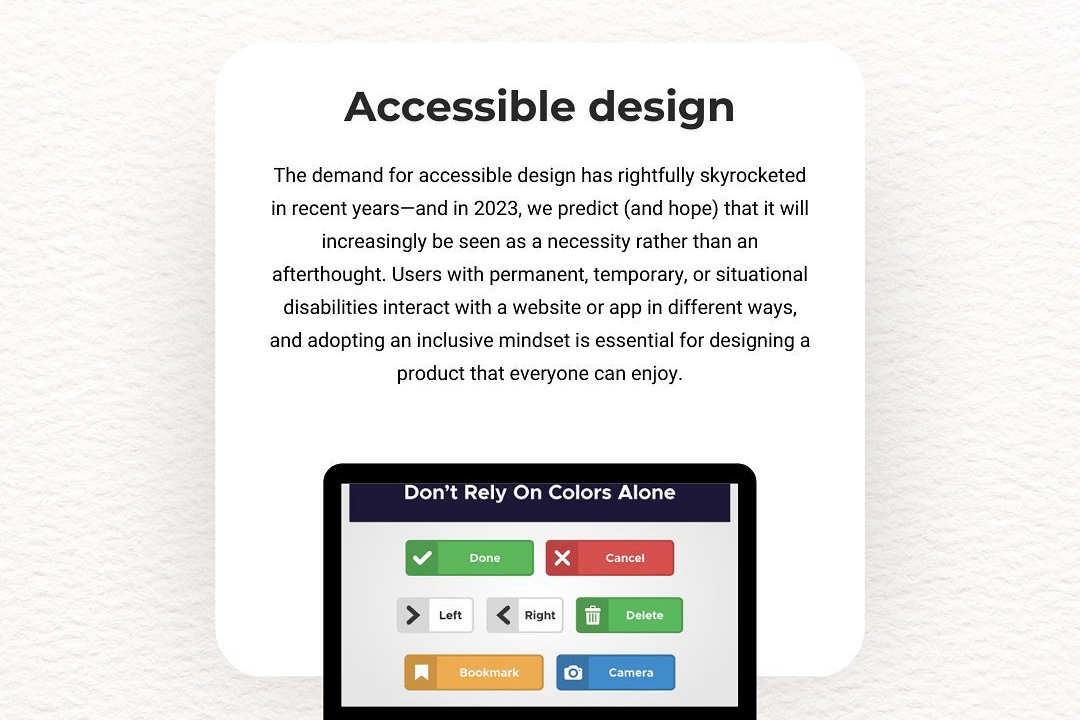Flutter Application Maintenance
Optimizing Flutter Application Performance and Maintenance
Flutter Application Maintenance
Flutter application maintenance involves the ongoing process of updating, optimizing, and ensuring the performance and security of applications built with Flutter, a popular UI toolkit for building natively compiled applications for mobile, web, and desktop from a single codebase. Effective maintenance includes monitoring for bugs and performance issues, applying updates from Flutter and the Dart programming language, implementing new features based on user feedback, and optimizing code to enhance usability and efficiency. Additionally, developers should ensure compatibility with new operating system versions and devices, manage dependencies, and periodically review the app's architecture for scalability and sustainability. Regular maintenance helps to ensure the app remains relevant, user-friendly, and secure over time.
To Download Our Brochure: https://www.justacademy.co/download-brochure-for-free
Message us for more information: +91 9987184296
1 - Understanding Application Lifecycle: Learn about the different stages of a Flutter application's lifecycle, including development, deployment, and maintenance phases.
2) Regular Updates: Emphasize the importance of keeping the Flutter framework and Dart SDK updated to leverage new features and improvements.
3) Code Reviews: Implementing regular code reviews helps in maintaining code quality, encouraging best practices, and identifying potential maintenance issues early.
4) Error Handling and Logging: Teach students how to implement robust error handling and logging mechanisms to capture runtime errors for easier debugging.
5) Performance Monitoring: Discuss tools and techniques for monitoring application performance, including using the Flutter DevTools and third party monitoring services.
6) Dependency Management: Explain the significance of managing package dependencies through the `pubspec.yaml` file and keeping them updated to avoid security vulnerabilities.
7) Testing Practices: Introduce students to adding unit tests, widget tests, and integration tests to ensure that changes don’t break existing features.
8) UI/UX Consistency: Teach the importance of maintaining consistent UI and UX standards throughout the application to enhance user experience and brand identity.
9) Version Control: Educate students on the use of version control systems like Git, which plays a critical role in tracking changes, collaboration, and code deployment.
10) Documentation: Stress the importance of thorough code and project documentation, making it easier for future developers to understand the codebase and contribute effectively.
11) Feature Refactoring: Discuss the need for regular refactoring of code to improve structure, readability, and maintainability without altering functionality.
12) User Feedback Integration: Encourage the continuous collection of user feedback for identifying issues and areas for improvement, which can guide the maintenance efforts.
13) Platform Compatibility: Teach students to regularly test and update their Flutter applications for compatibility with new versions of iOS and Android operating systems.
14) Security Practices: Discuss best security practices in application maintenance, including safe data handling, secure API communications, and vulnerability assessments.
15) Backup and Recovery Plans: Highlight the importance of having backup and recovery plans for data and application states to prevent loss in case of failures.
16) Managing Technical Debt: Explain what technical debt is and strategies for refactoring and paying it down during the application's lifecycle.
17) Community Support and Resources: Introduce students to the Flutter community for ongoing support, resources for learning, and troubleshooting issues they encounter.
18) Continuous Integration/Continuous Deployment (CI/CD): Discuss the benefits of implementing CI/CD pipelines for automating testing and deployment processes to streamline updates and maintenance.
19) Cloud Integration and Updates: Teach students how to integrate cloud services for easy updates, scaling, and storage as part of a maintenance strategy.
20) User Training and Support: Explain the importance of providing user training materials and support for ensuring users can effectively use and troubleshoot the application.
These points provide a comprehensive overview of the key aspects of Flutter application maintenance, which can serve as a structured outline for your training program for students.
Browse our course links : https://www.justacademy.co/all-courses
To Join our FREE DEMO Session: Click Here
Contact Us for more info:
- Message us on Whatsapp: +91 9987184296
- Email id: info@justacademy.co












